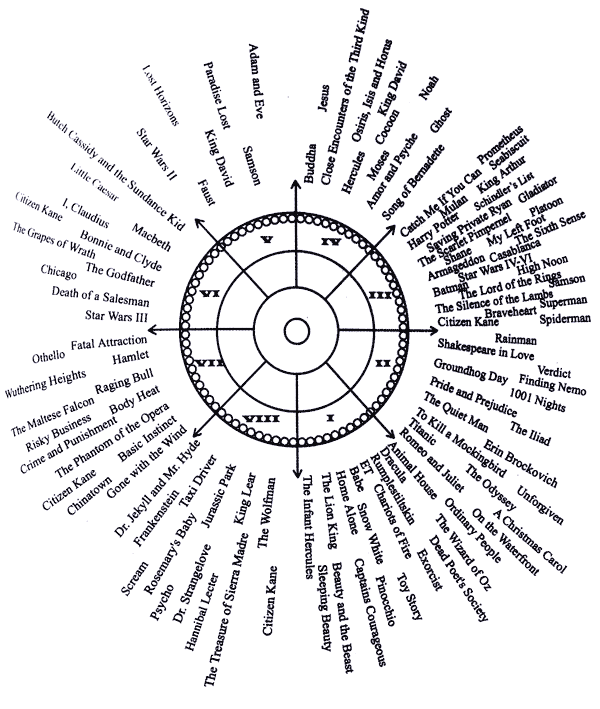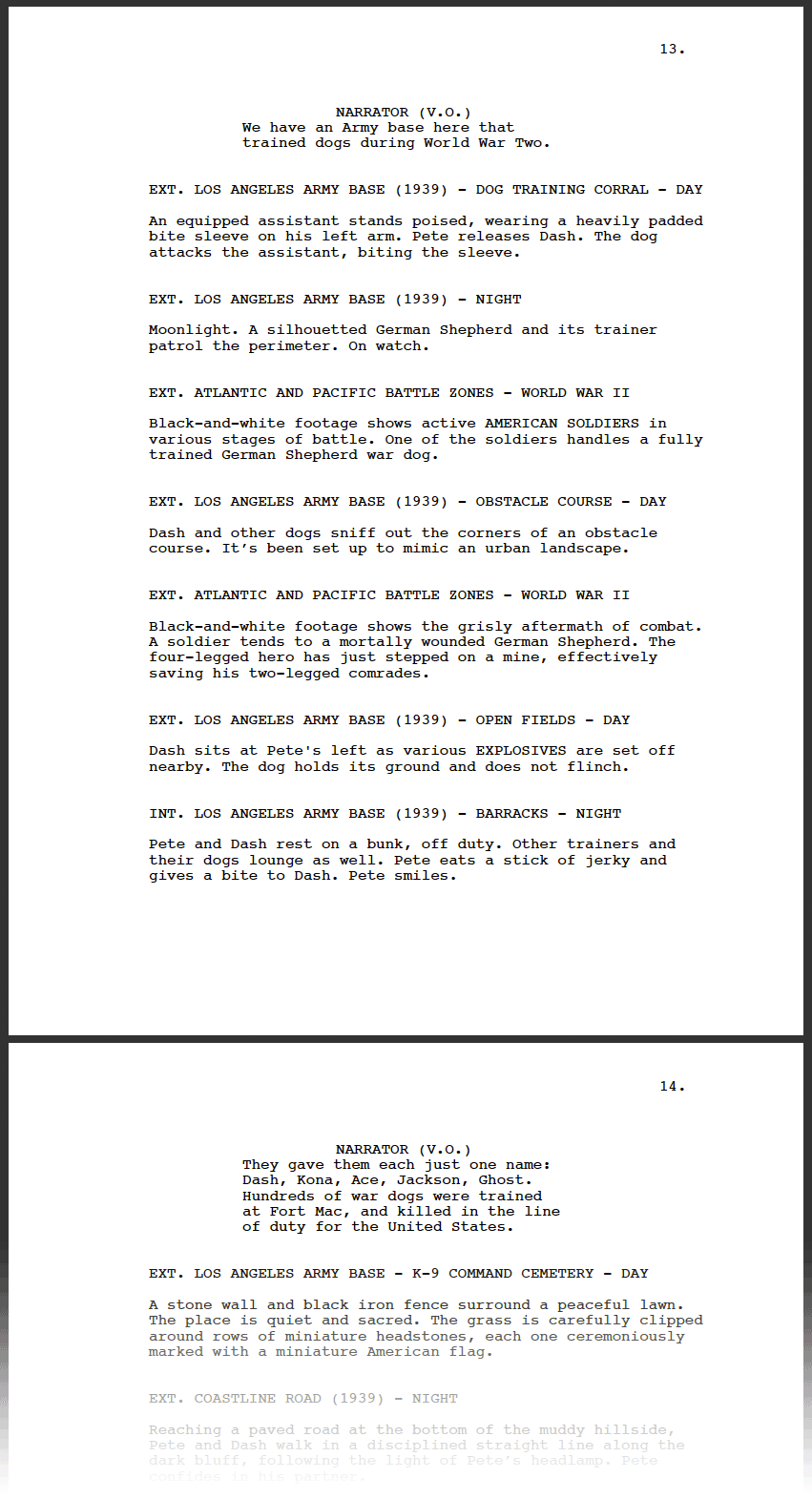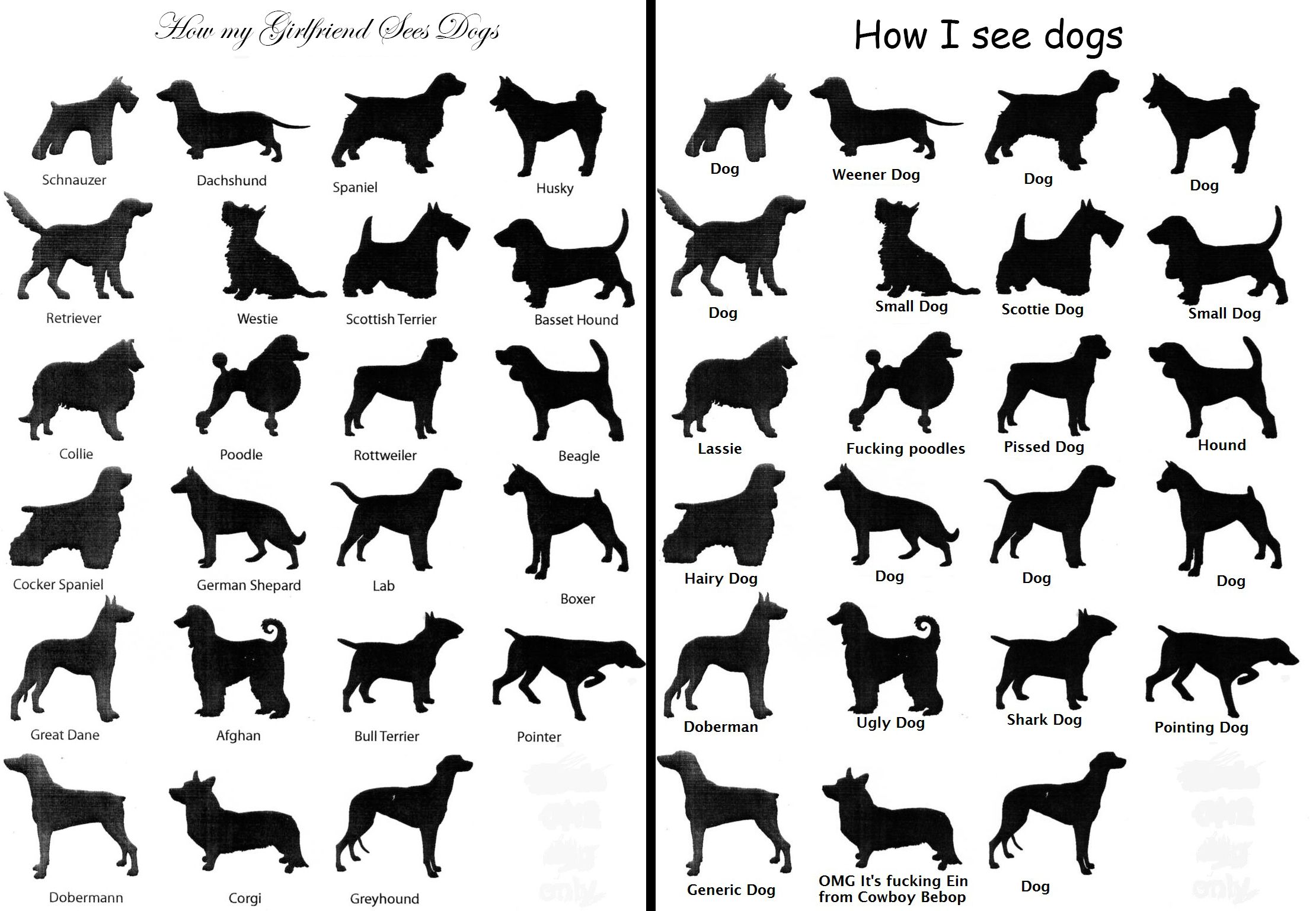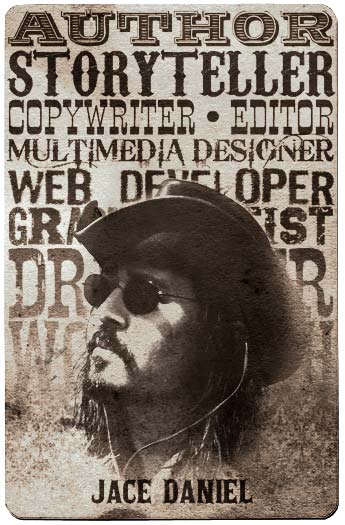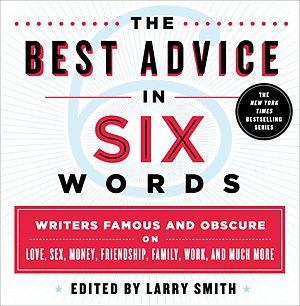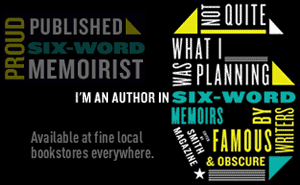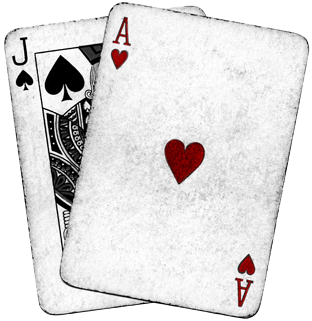Jumped on a conference call today and took a 3-hour class on rewriting. Some notes for future reference; not a bad idea to review ’em for every script that goes out.
*PURPOSE OF REWRITE*
1. Fulfilling your VISION and the original PITCH. The script had better match the pitch.
2. SOLVING the PROBLEMS in the script.
3. ELEVATE the QUALITY of the script.
*THE 7 LAYERS OF THE SCRIPT* (from bottom up)
1. STORY. This is the foundation. Must be present in every single moment of the script. Includes:
— concept
— theme
— structure
— plot2. CHARACTER. Lead character(s) typically will take up 80-90% of the script. Use these leads to lure an A-list actor. Cause CONFLICT between the lead and antagonist.
3. SITUATION. Look at opportunities to put talking heads in a weird situation. How does this make the script different?
4. ACTION.
5. DIALOGUE.
6. WORDS. Example discussed: Consider Jules and Vincent in the second scene of Pulp Fiction. (burger, foot massage, briefcase, Bible verse.) Now look at the Story layer. This scene is a setup for the Jules arc, which ends at the diner at the end of the film. Now take a look at the Character (#2) layer. The unrelated Dialogue about burgers and foot massages has nothing to do with the Action at hand (i.e. a mob hit), yet reveals much about the STORY and CHARACTER layers beneath the SURFACE. Quentin did this intentionally. OBSERVATION: Don’t cram shit into the Dialogue. If you effectively flesh out the STORY and ACTION and CHARACTER beneath the surface, you become a FREE bird with the Dialogue layer. ANALYSIS: Study ONLY the dialogue in the second scene of Pulp Fiction. Notice that, if you were blind, you’d have no idea that a mob hit was going down.
7. SUBTEXT. Fertilize Levels 1-5 with tons of it.
Put the MEANING beneath the surface.
EDITING is using what you ALREADY HAVE to make it the BEST IT CAN BE.
REWRITING is IMPROVING MAJOR and MINOR parts of the first 5 levels.
Continue to be CREATIVE ON LEVELS 1-4 as you rewrite and your script will kick ass in the end.
*LEVEL 1: MAKE SURE THE STORY WORKS.*
1. Get clear on your STRUCTURE. List the beats, then provide a one-sentence for logline for each.
2. Present your audience/reader with an unforgettable CONFLICT.
KEY ingredient: What is the EMOTIONAL DILEMMA?
3. Write the story on ONE PAGE until you are completely inspired. NOTE TO SELF: This is a great exercise to do AFTER YOUR FIRST DRAFT or three. Allow yourself to vomit the story up first. Then stop, back up, review your original VISION and pitch, and draft up a one-sheet synopsis of the story you just wrote. Two versions will kick the door down and get you to the next phase. Try two versions of the one-sheet:
VERSION 1: A BOOK REPORT OF THE PREVIOUS DRAFT.
VERSION 2: THE VISION OF WHAT THIS STORY CAN BECOME.
4. Then, from the one-sheet, draft up more detailed OUTLINE. Six pages or so. Make sure the outline is the THE BEST EXPRESSION OF THE PITCH.
KEY: Use the LOGLINE and the ONE-SHEET to keep the story on track in the outline..
5. Are there any PROBLEMS that need to be solved?
KEY: Solve them on LEVEL 1 (STORY), not LEVEL 5 (DIALOGUE). One of the biggest mistakes noobs make is addressing Dialogue first in the rewrite. This should actually be the last thing you do. Get the first layers done first. Again, Dialogue shouldn’t be on the nose, and should never tell the Story. The Story should be beneath the surface, and the Dialogue dances above the surface. (Pulp Fiction, second scene.)
6. List out the SUBPLOTS.
Do they either GO WITH or GO AGAINST the plot? If they don’t, cut ’em.
*LEVEL 2: ELEVATE YOUR CHARACTERS*
7. Make sure your CHARACTER PROFILES are PERFECT.
KEY: COMPELLING CORE TRAITS equal compelling characters. Don’t give ’em quirks; give ’em traits. (e.g. talker, expressive, silent type, shy, angry, political, religious, etc.)
8. Make sure your lead characters are UNIQUE in some significant way.
KEY: For your lead characters, aim for three familiar traits, and one OUT OF THE BOX. So, for instance, a doctor can be analytical, smart, and compassionate… and, say, an ACTIVIST FOR ASSISTED SUICIDE. (Kevorkian.)
9. Check each of your main characters to make sure they have SUBTEXT. Give them something they’re HIDING or NOT TALKING ABOUT that is relevant to the story.
10. Improve one RELATIONSHIP at a time.
— protagonist and antagonist
— protagonist and love interest
— protagonist and supporting characters
— antagonist and love interest
— antagonist and supporting characters11. Character relationships that work:
A. Are there any SIMILARITIES to build rapport?
B. Are there DIFFERENCES that cause conflict?
C. Do they have COMPETING AGENDAS that increase the subtext and conflict?12. Character journeys we care about:
What is their INDIVIDUAL JOURNEY?
Compare the PROTAGONIST to the ANTAGONIST.
SUPPORTING CHARACTERS cause some change for lead characters. Keep ’em supportive, but at some point, they must DO SOMETHING TO IMPACT THE LEAD. Examples: They tell them something, they take an action, they cause the lead to rethink, etc.
13. Introduce lead characters POWERFULLY.
Think of the lead as an ADVERTISEMENT FOR AN A-LIST ACTOR.
14. How do your main characters END now? Less than stellar? Ask yourself: Do they need to be SET UP more powerfully?
CHARACTER PROFILE:
A. TRAITS
B. SUBTEXT
C. FLAW
D. MOTIVATION (external goal; internal need)
E. LOGLINE (one for each character)LEAD CHARACTER INTRODUCTIONS (Geoffrey Rush example; first three pages of Shakespeare in Love)
1. Put him in an INTERESTING SITUATION. Not just description. Challenge character in a big way.
2. Show his INITIAL ACTION.
3. Make sure he has great INITIAL DIALOGUE.
4. Use DESCRIPTION to fill in the gaps.
*LEVEL 3: CREATING CHALLENGING SITUATIONS*
15. How can my situations CHALLENGE my lead characters?
Situation = CIRCUMSTANCES YOU PUT YOUR CHARACTERS IN. If you see a scene that doesn’t have an interesting situation, fix it. You can challenge their goals, their values, their safety, their performance, etc.
Every scene is another opportunity to RE-ENGAGE THE READER.
16. Write through INTEREST. Make every single page more interesting. Twists, surprises, misleading, setups, etc.
Look at every scene and ask, “Does this situation ENTERTAIN?” Does it make us worry? afraid? tense? laugh? question?
*LEVEL 4: ACTION WITH MEANING*
17. Two types of Action:
A. VISUAL action.
B. MEANINGFUL action. The action delivers the MEANING of the scene.
Ask yourself:
1. What is the MEANING?
2. How can I deliver that MEANING THROUGH ACTION?
*LEVEL 5: ENTERTAINING DIALOGUE*
18. Dialogue is not about TELLING THE STORY. Dialogue accomplishes:
A. Dialogue DELIVERS CHARACTER.
B. Dialogue is ENTERTAINING.
C. Dialogue can POINT TO SUBTEXT. Reminds us of what’s beneath the surface. Irony, sarcasm, etc.
D. Dialogue CREATES ANTICIPATION.19. Unique Character Dialogue. UNIQUE VOICES! Note the character’s traits (e.g. deceitful, revenge-oriented, liar, violent, etc.), and go through each line. Represent that profile in the dialogue. If there’s not, rewrite it. Juxtapose the trait with the dialogue. EVERY LINE.
Great exercise for the character polish:
A. Isolate ONE LINE AT A TIME of Character A.
B. Rewrite as you think through ONE CHARACTER AT A TIME only.
C. One character PER DAY. Then sleep her off. Hit the next one tomorrow.90 minutes a day, one day for each character. It’ll tighten the voices.
LEVEL 6: WORDSMITHING THAT SELLS
20. Basic wordsmithing = grammar, spelling, formatting, word choice, etc.
Success = A FAST READ!!!
1. GET IT IN GLANCES. STACK THE ACTION. ONE LINE FOR EACH PIECE OF ACTION.
2. MORE MEANING, FEWER WORDS.
21. Creating MEMORABLE LINES that sell your script. (Do this 2-3 times per script.)
A. Go to the 5 MOST EMOTIONAL MOMENTS IN YOUR SCRIPT. Read the scene. It’ll get to a peak… now look at the VERY NEXT LINE of dialogue. What does it do? Make it AMAZING. (e.g. “You had me at hello,” “Frankly, my dear…” etc.) Memorable lines are about EMOTIONAL TIMING. Drop them in at the emotional peaks for maximum effect.
B. GO BACK TO THE LEAD’S OPENING DIALOGUE LINES.
C. GO BACK TO THE OPENING LINES OF THE SCREENPLAY. Think of these lines as your personal introduction to any producer.


